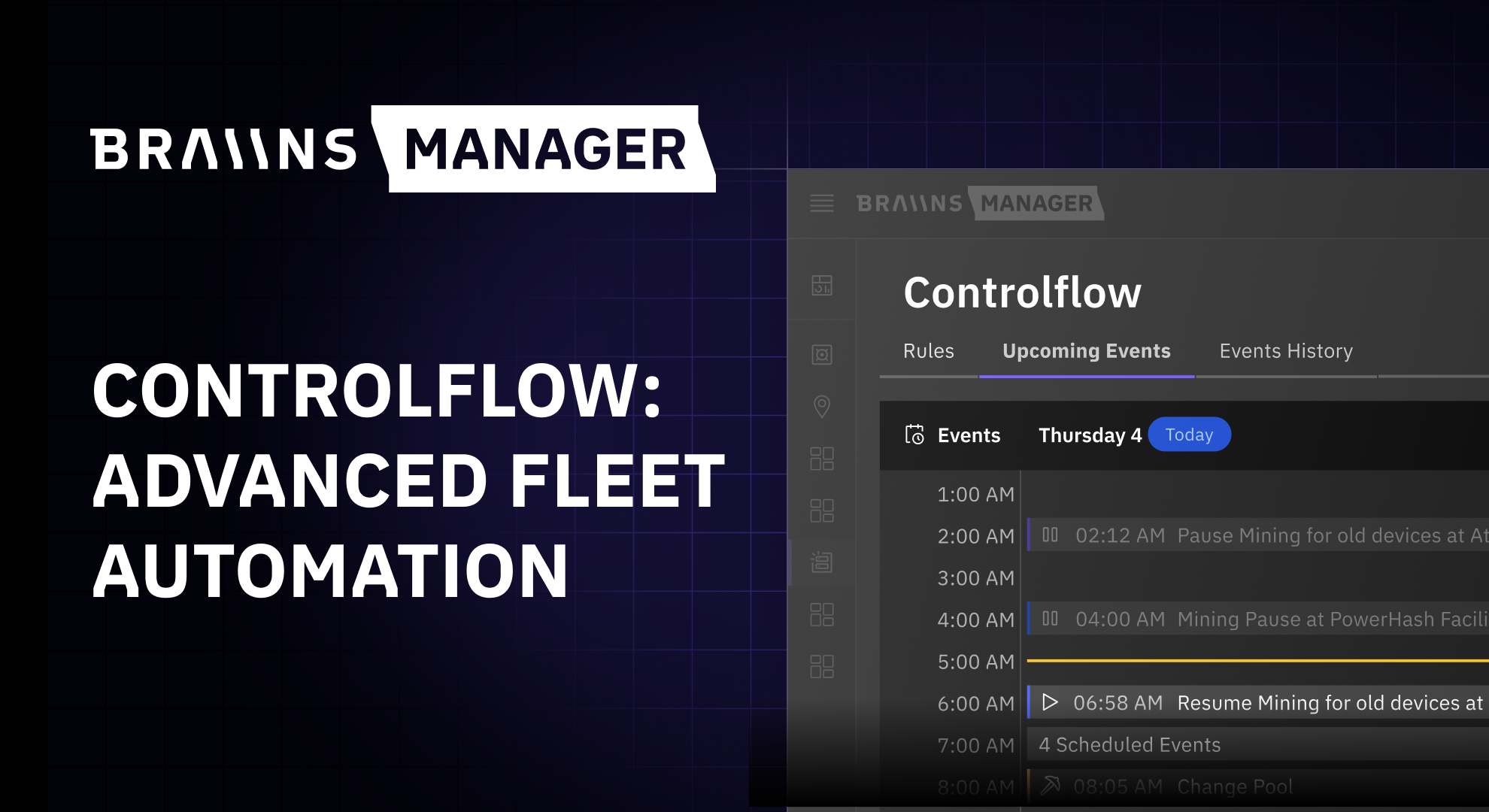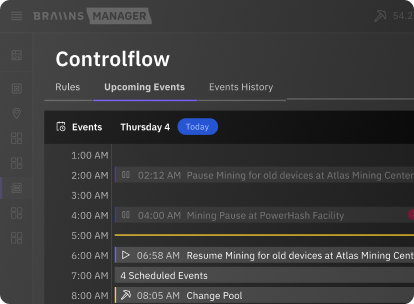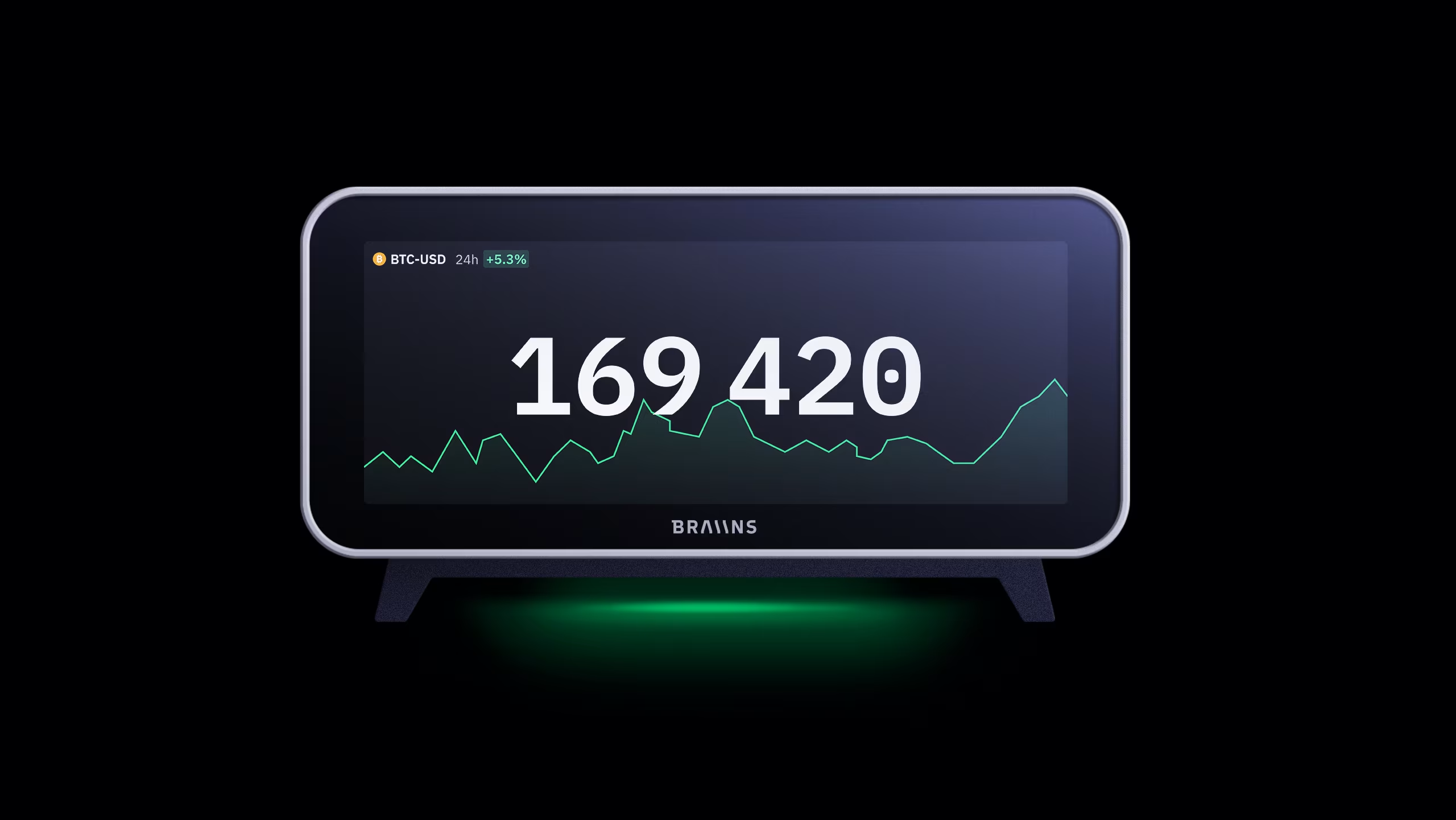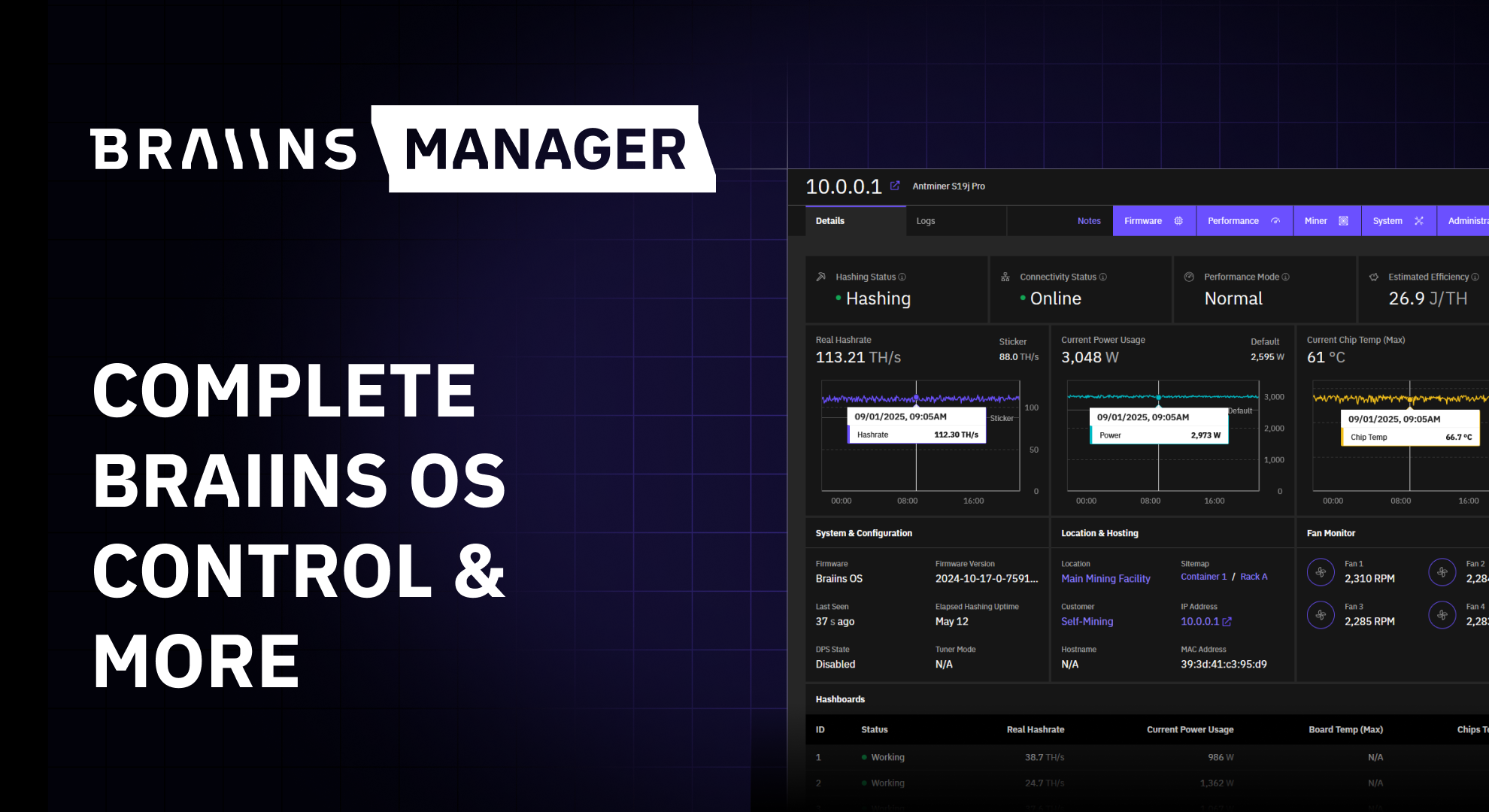Hashrate as a commodity: the endgame of bitcoin mining pools
Published
17.4.2024
Bitcoin pooled mining is a cutthroat business with extremely narrow margins and very undifferentiated across competition. With such tough conditions, why do pool operators like us even bother? In this article we delve into the history shaping this industry to explain where the whole market is heading - and it is exciting!

Table of Contents
Bitcoin inception: the pre-mining pools era
2008 - 2010
In the early days of bitcoin, it was mainly just nerds in garages mining on their laptops. Everybody was on their own.
The key design aspect of bitcoin is that the network incentivizes individual miners to increase their computing power to get more rewards. This ensures fair distribution of bitcoin and security against various attacks (the more energy consumed the better).
You get rewards only if you find a block, produced roughly every 10 minutes. Growing computing power means more competition and thus individual miners get rewards less frequently. But if thousands of people join the race, with more and more computing power, it can take years to win one block - and you don’t want that.
Individual miners competing against each other was the standard until the end of 2010. Then, everything changed for the better.
Emerging mining pools (1.0): from one man shows to professional businesses
2010 - 2018
Miners were frustrated with the unreliability of competing individually. Eventually, there was a simple idea: “apes together strong”. If we join forces and create an alliance of miners, we will find blocks more often, get more rewards more often, and split it adequately to the corresponding hashrate. Now, it was we, not you.
This way, each individual miner in this alliance (pool) gets smaller but more frequent rewards. Miners could work with their cash flow to finance new equipment, pay electricity bills, and cover other operational costs.
If you are a small miner today, it could take you hundreds of years to find a block by yourself and get a reward - this is how big the total computing power behind bitcoin is today. And that’s good. But you cannot survive alone, you need a pool.

This simple idea was put to the test. Nobody knew how dramatically this would change the whole game.
Our pool was the first successful implementation that withheld the test of significant network growth and most importantly, the test of time. It was a true one man show. It started with one guy nicknamed Slush coding, supporting and doing everything for two years. This is what the early beginnings looked like everywhere in bitcoin mining – cyberpunks playing around with software ideas.
Ever since our launch on December 16, 2010, the pooled mining scheme has become the standard, and the vast majority of the hashrate today mine via pools. What used to be a garage one-man show is now multiple professionalized companies competing amongst each other.

It is a difficult business – the market saw many pools start, then fail over the years.
Today, only around 10 pools compete, with names/companies changing frequently. It's a hard business with razor thin margins, so only a few survive. All pools have professional teams, dedicated IT departments, support teams in multiple languages, and top high end infrastructure – distributed all around the world.
Professional mining pools (2.0): mature market, pools serving as user base with upsells
2019 - 2023
Pools had been the standard for a decade. What was improving? Not much from the product perspective – There are no trade secrets and no strong feature differentiators.
Nowadays pools are a commodity software, with only small differentiators:
- Short-term advantages: small qualities like Lightning payouts or better mobile app user experience, but competitors eventually catch up with these minor features.
- Marketing advantages: brand and ethos of the company (are you a hater or lover of ordinals/inscriptions, do you support altcoin mining etc.). However, the pool fees are what miners really care about at the end of the day.

Fees are king (how much miners pay for using the pooling service). The bigger you are, the better deal you get. It’s as simple as that. Following pool fees, competition and subsequent discounts started the inevitable race to zero a few years ago. Now, margins are getting tighter and tighter, putting a lot of pressure on the pool operators.
Slowly, pools are becoming a zero profit business – even operating at a loss sometimes. Today, to survive, pools attract customers, then offer additional products and services, using various strategies:
- Vertical integration - offering other mining software/hardware in tandem. Like we do: mining firmware or management software for remote control of your data center.
- Horizontal integration - offering other complementary services and products such as financial services (hardware financing, loans etc.), hosting services, procurement of hardware, consulting, insurance, HW repairs.

One more important note to make about pools is that Full-Pay-Per-Share (FPPS) is the standard reward system now. This reward system completely de-risks the rewards variance for the miners but increases the risk for the pool operators. FPPS pays miners directly for the hashrate they contribute each day, not when the pool finds a block. The consistent payouts are why miners prefer this reward system. Naturally, the market moved to this as a standard.
Mining is probabilistic. A pool sometimes finds fewer blocks than it should. The pool operator on an FPPS system covers that from the reserves, which are then replenished when the pool finds more than expected. Pool operators effectively become buyers of hashrate and by doing so put additional pressure on themselves.
The future of mining pools (3.0): hashrate as a commodity & hashrate platforms
2024 onwards
Mining pools have thin margins, and FPPS is risky for pool operators. That's what drives pool operators to seek new ways to work with their hashrate to generate bigger upside for themselves and their clients. We see a future where pool operators effectively become hashrate traders, utilizing the hashrate for various purposes (trading it effectively) in order to generate higher upside.
If pool operators are buyers of hashrate in the traditional system, they will increasingly become hashrate traders moving forward. Here’s how pools can work with hashrate to generate more upside.
Hashrate as a commodity: dynamically switching between various ways to utilize hashrate to produce maximum profit, delivering maximum value to miners, making a bit higher margin for pool operators, and de-risk the very risky FPPS operations.
Hashrate derivatives: treating hashrate as a commodity would enable new financial products such as hashrate derivatives. For example, hashrate futures trading can be a thing – you can trade corn futures, so why not hashrate futures? Giving new ways for miners to hedge their positions and work with their hashrate. Basically, we predict a financialization of hashrate, and the pool 3.0 will be at the center of it all.

Hashrate is a fluid commodity. Its primary function can be switched in milliseconds to accompany a pool's various strategies. Typically, hashrate is pooled together with thousands of miners like we discussed. Pools can take some hashrate and get more out of it. Their users won’t notice a thing, other than increased mining profits. Pools can sell a percentage of their hashrate over the counter – users give them their hashrate. But who would buy just hashrate?
Family offices, for example, can buy partial hashrate and use it for solo mining, generating new, clean coins with a provable track history for their balance sheets - we already see such demand on the market. Slowly, things go back to how they began – individuals trying to find an entire block.
In this view, hashrate can serve more purposes for mining pools. It is a commodity. Pools can dynamically choose how to extract more value from their hashrate. It can be used for more serious things like yield generation, trading, and lending, or fun things like entertainment, gambling, and education.
“We, as a mining pool, will constantly adapt. When hashrate is a liquid commodity, then the dynamics of the industry changes for the better. This is the future we are building.”
- Braiins CEO Eli Nagar
Mining companies like Braiins will need a variety of strategies to stay profitable and keep their miners profitable, too. Commodification of hashrate enables more interesting things. Mainly, miners can hedge their positions and speculate further, allowing for even bigger margins. Pools, on the other hand, get a new option to differentiate themselves by serving their clients with increased profits.

Why mine on a standard FPPS pool, when a hashrate-trading pool can get more from your hashrate?
Everything we’ve discussed is already a work in progress. Braiins is actively working to deploy various strategies to get the most out of our hashrate. Our sole goal is to maximize our clients’ profits while maintaining the bitcoin ethos. This mindset has stood as our foundation for over a decade, and it will continue to do so into the bright, orange future.
At Braiins, we are committed to exploring all strategic avenues to enhance profitability for miners, investors, and family enterprises. If you belong to any of these categories and are interested in improving your bottom line, please Contact Us.
Categories
Be the first to know!
Read Privacy Policy.
Most Recent Articles

Introducing Controlflow: Advanced Automation in Braiins Manager
9.12.2025




